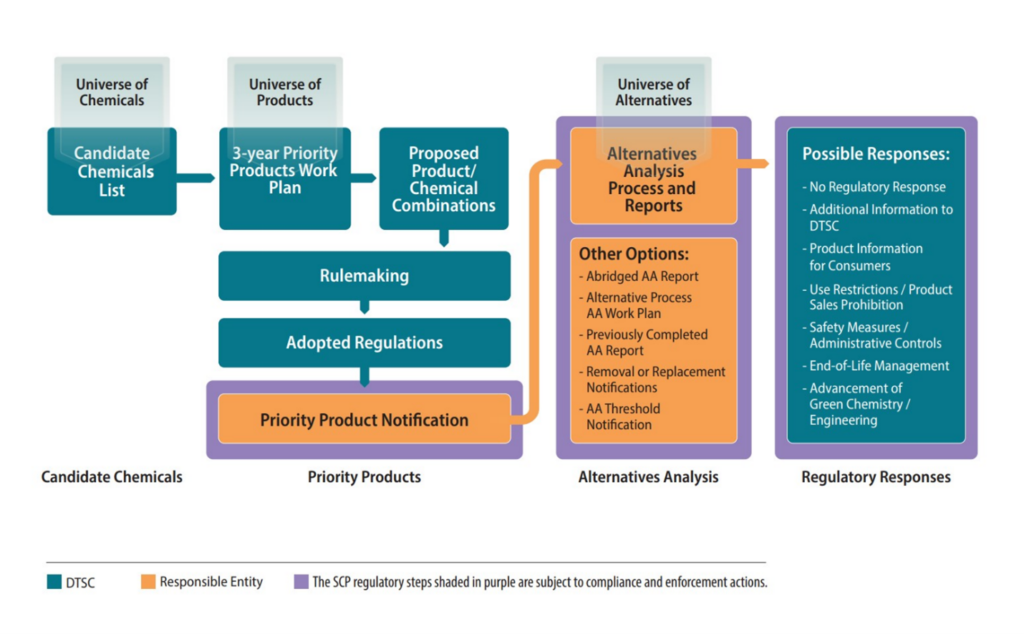California Escalates Consumer Product Focus on Microplastics
Authored by: Jon Rohrer, PG, CHg, Rachel Henke, & Mark Nishibayashi
On June 20, 2025, the California Department of Toxic Substances Control (DTSC) proposed adding microplastics (MP) to its Candidate Chemicals List (CCL) under the Safer Consumer Products (SCP) Program, which aims to promote safer consumer products for people and the environment. Inclusion on the CCL is a prerequisite for designating a substance as a “Chemical of Concern” in a “Priority Product,” which would require manufacturers to perform an alternatives analysis to identify safer substitutes.
While the proposed listing of MPs on the CCL does not impose immediate obligations to manufacturers, it signals mounting regulatory momentum. Roux is closely tracking this progression as the DTSC’s action lays the groundwork for potential future restrictions and regulation. Should microplastics advance to Priority Product designation, companies may be required to assess product content, reformulate materials, and/or implement exposure reduction strategies.
The DTSC defines microplastics as plastics less than 5 millimeters in their longest dimension, whether intentionally produced at that size or formed by the breakdown of larger plastics. This definition aligns with the California State Water Resources Control Board’s (SWRCB) definition for drinking water and was initially presented for public comment during a virtual workshop held on June 27, 2023. Following the public comment period, the proposal underwent external scientific peer review, which is required for science-based regulatory actions. In response, the DTSC simplified the language, removed redundancies, added references, and eliminated a proposed exclusion for naturally-derived polymers, which leaves the door open for further refinement of the definition at the Priority Product stage.
The proposal reflects a broader regulatory scrutiny of MPs, which began in California in 2018 when the legislature took action to require the SWRCB to define and evaluate microplastics. For the DTSC, the process began over two years ago, when microplastics were first flagged by the department as a potential concern.
The DTSC has expressed concern about the widespread presence of microplastics in the environment and the chronic exposure to humans and animals, citing emerging evidence of potential harm. The DTSC cites numerous sources of evidence for widespread exposure, including the detection of MPs in air, dust, water, food, and various consumer products like textiles, cosmetics, and tires. MPs have been found in human placenta, feces, and heart tissue, and are known to impact over 4,000 species. Despite these concerns, listing MPs on the CCL does not itself impose any new regulatory obligations but positions the DTSC to evaluate product-chemical combinations for potential regulation in the future.
The DTSC has invited the public to comment on the rulemaking package via CalSAFER through this coming Monday, August 4, 2025.
A summary of the DTSC’s SCP program and process is provided in the diagram below (source):

As Roux continues to actively track California’s regulatory developments on microplastics and what they could mean for a wide range of industries, those who manufacture plastic consumer products, use plastic packaging, or operate in sectors like water supply or wastewater, should assess how these changes might impact their operations. Reach out to our team to talk through the potential impacts or start preparing for what is ahead.
